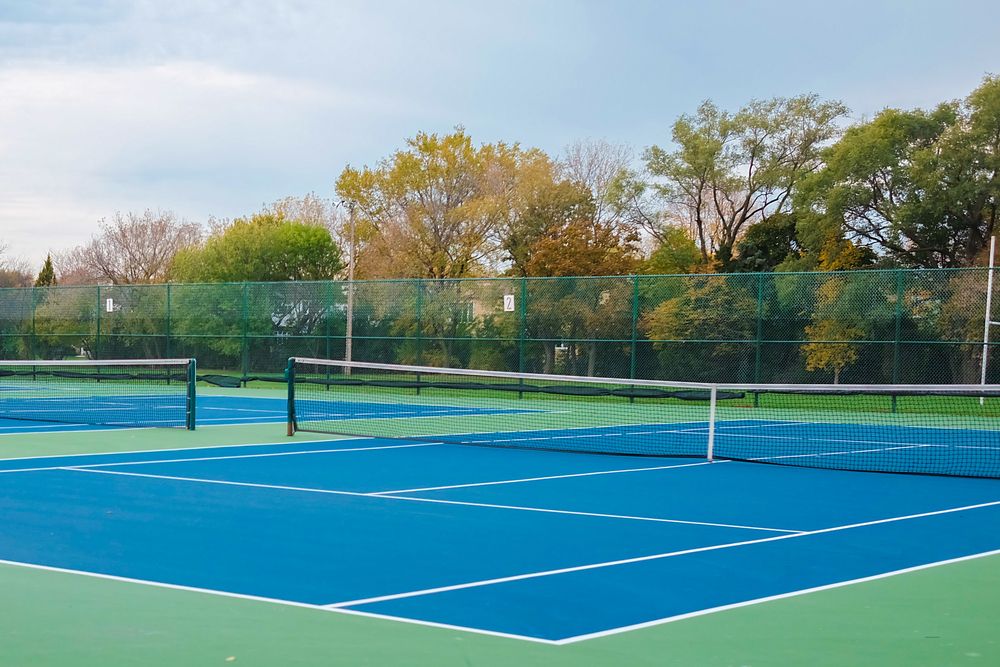Why Resurface a Tennis Court?
Read More

Routine inspections followed up with preventative care and low-cost maintenance are the key to avoiding a premature tennis court replacement. Even if your tennis court resides indoors, no court is immune to the wear and tear caused by aging materials, intensive use, and other factors that can affect the quality of your playing surfaces. So, how often should you be inspecting your tennis court, and what can you do to resolve minor issues before they become expensive problems?
While removing surface moisture, and debris, or cleaning the surfaces to minimize dirt and mold accumulation, remain vigilant for any visible signs of damage. Typical problems like cracks, peeling, or uneven sections of the court surface are common issues to be aware of. If you have a special surface coating to prevent moisture seepage or improve traction, look for any patches of the court that are exposed and in need of some care.
Although it’s easy to detect obvious problems like cracking or pooling water, when you’re dealing with highly specialized materials like clay, asphalt, and turf, you must find a tennis court contractor who can provide a more comprehensive court analysis. Whether your court is indoor or outdoors, we recommend investing in a professional inspection on an annual basis, even if you haven’t noticed any visible issues.
An honest contractor will verify the health of your surface materials, and help you determine if any present issues can be resolved with a simple fix or resurfacing, rather than a complete replacement. For example, if visible surface issues indicate that the defensive surface layers have been compromised, a professional’s guidance will connect you with a variety of affordable tennis court resurfacing and repair steps you can take to prolong the longevity of your court.
During a quality tennis court evaluation, you’ll learn about the expected lifespan of your materials, how you can resolve basic problems like cracks, and have access to cost-saving remedies like sectional repairs or advanced surface coatings that will stop minor issues from progressing. Our experienced contractors will also determine if your court is level, and draining properly, and teach you how to maintain your specific surface type.
We also look for other serious issues that are difficult to detect without an experienced eye. After investigating everything from the court’s underlying foundation to the integrity of your traction properties, you’ll have a clear picture of your court’s outlook and know exactly what you can do to keep it in prime condition.
If serious damage is affecting playability, player safety, or has progressed beyond the point of repair, we’re here to help. Give our expert tennis court construction team a call, and we’ll walk you through a range of advanced surface options and protective features we can install to enhance your tennis court for years to come.